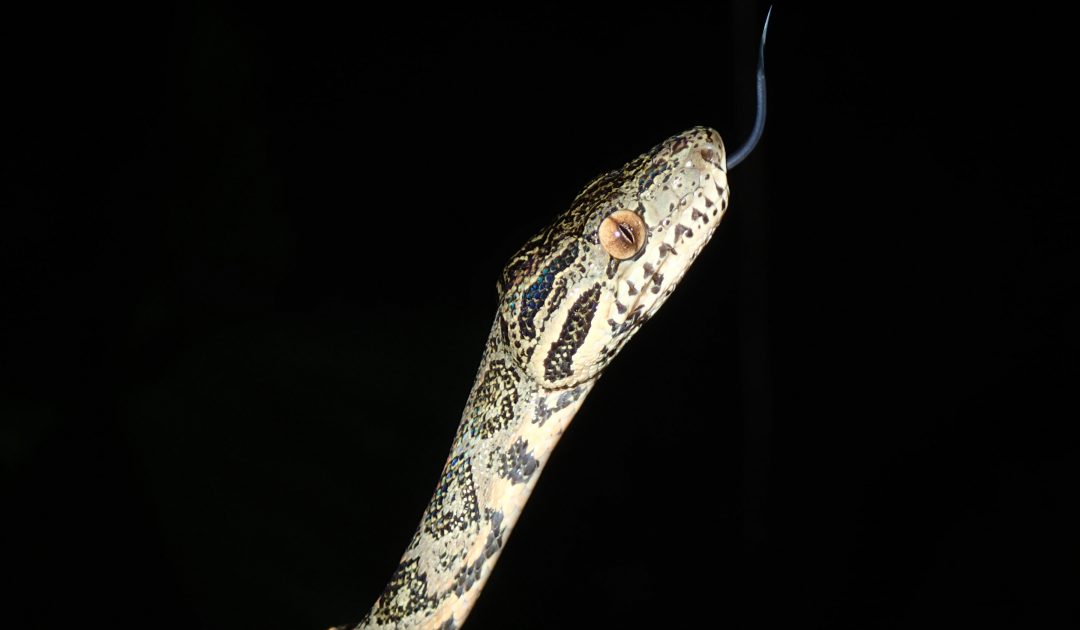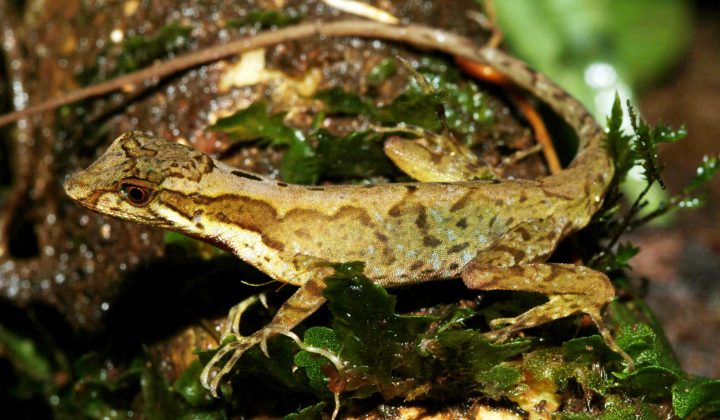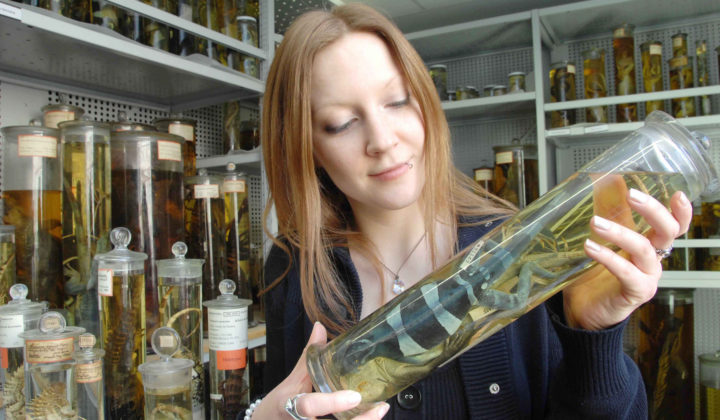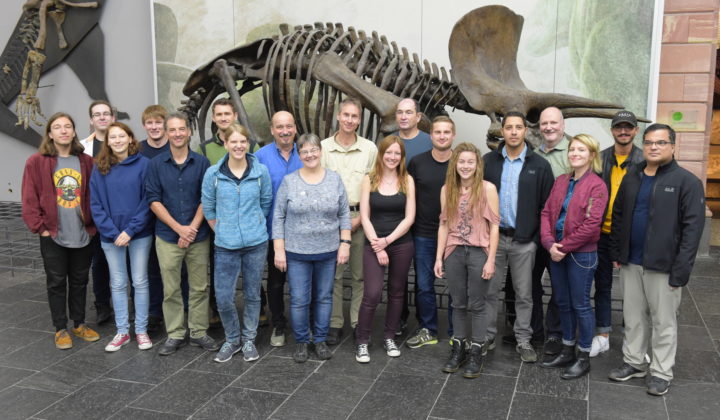2017
Guedes, T. B., Sawaya, R. J., Zizka, A., Bérnil, R. S., Jansen M., Passos P., Prudente A. L. C., Cisneros-Heredia, D. F., Braz, H., Nogueira, C. d. C. & Antonelli, A. (2017): Patterns, biases, and prospects in the distribution and diversity of Neotropical snakes. Global Ecol Biogeogr. 2017; 27:14–27. https://doi.org/10.1111/geb.12679
Köhler, J., Jansen, M., Rodríguez, A., Kok, P. J. R., Toledo, L. F., Emmrich, M., Glaw, F., Haddad, C. F. B., Rödel, M.-O., & M. Vences (2017): The use of bioacoustics in anuran taxonomy: theory, terminology, methods and recommendations for best practice. Zootaxa, 4251, 1-124, 2017
Caminer, M.A., Milá, B. Jansen, M., Fouquet, A., Venegas, P.J., Chávez, G., Chek, A. & S. R. Ron (2017): Systematics of the Dendropsophus leucophyllatus species complex (Anura: Hylidae): Cryptic diversity and the description of two new species. PLOS ONE | DOI:10.1371/journal.pone.0171785 March 1, 2017
2016
Jansen, M., A. Masurowa & R. B. O’Hara (2016): Temporal variation, duty cycle and absolute calling effort during sustained calling of Leptodactylus mystacinus (Anura: Leptodactylidae). Salamandra 52(4): 328-336.
Pansonato, A., A. C. Veiga-Menoncello, J. R. Mudrek, M. Jansen, S. M. Reco-Pimentel, I. A. Martins & C. Strüssmann (2016): Two new species of Pseudopaludicola Miranda-Ribeiro, 1926 (Anura: Leptodactylidae: Leiuperinae) from eastern Bolivia and western Brazil. Herpetologica, 72(3): 235-255.
Jansen, M., M. Plath, F. Brusquetti & M. Ryan (2016): Asymmetric frequency shift in advertisement calls of sympatric frogs. Amphibian-Reptilia, 37: 137-152
2015
Schulze, A., Jansen, M. & G. Köhler (2015): Tadpole diversity of Bolivia`s lowland anuran communities: molecular identification, morphological characterization, and ecological assignment. Zootaxa, 4016(1):1-111.
2014
Gehara, M., Crawford, A. J., Orrico, V. G. D., Rodríguez, A., Lötters, S., Fouquet, A., Barrientos, L. S., Brusquetti, F., De la Riva, I., Ernst, R., Urrutia, G. G., Glaw, F., Guayasamin, J. M., Hölting, M., Jansen, M., Kok, P. J. R., Kwet, A., Lingnau, R., Lyra, M., Moravec, J., Pombal Jr., J. P., Rojas-Runjaic, F. J. M., Schulze, A., Celsa Señaris, J., Solé, M., Rodrigues, M. T., Twomey, E., Haddad, C. F. B., Vences, M. and Köhler J. (2014 ). High levels of diversity uncovered in a widespread nominal taxon: continental phylogeography of the Neotropical tree frog Dendropsophus minutus. 2014. Plos One, 10 September 2014.
Brusquetti, F., Jansen, M., C. Barrio-Amorós, Magno Segalla & C. F. B. Haddad (2014): Taxonomic review of Scinax fuscomarginatus (Lutz, 1925) and related species (Anura; Hylidae). Zoological Journal of the Linnean Society, 171, 4: 783-821
2012
Jansen, M. & Schulze: Molecular, morphology and bioacoustic data suggest Bolivian distribution of a large species of the Leptodactylus pentadactylus group (Amphibia: Anura: Leptodactylidae). Zootaxa 3307: 35-47.
Schulze, A. & M. Jansen: One species, two strategies? Oviposition site variation in a member of the Leptodactylus pentadctylus group (Amphibia: Anura: Leptodactylidae) Studies on Neotropical Fauna and Environment, DOI:10.1080/01650521.2012.711102
2011
Jansen, M. R. Bloch, A. Schulze & M. Pfenninger: Integrative inventory of Bolivia’s lowland frogs reveals hidden diversity. Zoologica Scripta 40(6): 567-583.
2010
Schulze, A. & M. Jansen: A tadpole of Trachycephalus venulosus (Anura: Hylidae) as prey for a fishing spider (Araneae: Pisauridae) in the Bolivian Chiquitano Dry Forest. Herpetology Notes 3: 297-298.
Jansen, M. & G. Köhler: Reptilia, Squamata, Amphisbaenidae, Amphisbaena cegei Montero, 1997, and Reptilia, Squamata, Teidae, Tupinambis rufescens (Günther, 1871): vertical range extension. CheckList 6(4): 503-504.
Mebs, D., M. Jansen, G. Köhler, W. Pogoda & G. Kauert: Myrmecophagy and alkaloid sequestration in amphibians: A study on Dendrobatidae (Ameerega picta) and Microhylidae (Elachistocleis sp.) frogs. Salamandra 46(1): 11-15.
2009
Jansen, M., A. Schulze, L. Werding & B. Streit: Effects of extreme drought in the dry season on an anuran community in the Bolivian Chiquitano region. Salamandra 45(4): 233-238.
Jansen, M., L. Gonzales & G. Köhler: Description of a new species of Xenopholis (Serpentes: Colubridae) from the Cerrado of Bolivia with comments on Xenopholis scalaris in Bolivia. Zootaxa 2222: 31-45.
Jansen, M.: Measuring temporal variation in calling intensity of a frog chorus with a data logging sound level meter: A case study in Bolivia. Herpetology Notes 2: 143-149.
Schulze, A., Jansen, M. & G. Köhler: Diversity and ecology of an anuran community in San Sebastián, Bolivia. Salamandra 45(2):75-90.
2008
Jansen, M.: New and noteworthy records of snakes from Bolivia. Herpetological Review 39(3): 374-375.
Jansen, M & G. Köhler: A new species of Phalotris (Reptilia, Squamata, Colubridae) from the eastern lowlands of Bolivia. Senckenbergiana biologica 88: 103-110.
Jansen, M & J. Köhler: Intraspecific combat behavior of Phyllomedusa boliviana (Anura: Hylidae) and the possible origin of visual signaling in nocturnal treefrogs. Herpetological Review 39(3): 290-293.
2007
Jansen, M., L. Gonzales & G. Köhler: New species of Hydrolaetare (Anura: Leptodactylidae) from Bolivia with some notes on its natural history. Journal of Herpetology 41(4): 724-732.
Jansen, M & J. Köhler: Description of the advertisement call of Eleutherodactylus fraudator. South American Journal of Herpetology 2(3): 198-200.



